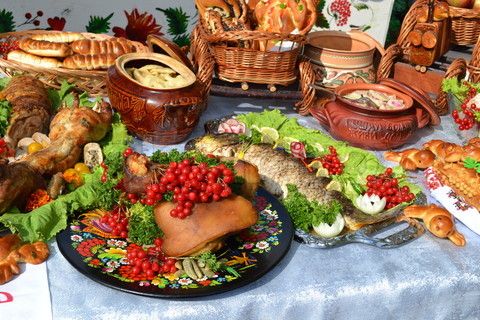Cooking pasta at home is an experience that combines art, science, and a love for food. Making pasta from scratch is not only a culinary skill but also a tradition that connects generations. The process begins with selecting the right flour, usually a high-protein durum wheat, which gives the dough elasticity. Eggs are then added to the flour to form a rich, smooth dough. Kneading is an essential step; it develops gluten and gives pasta the perfect texture. Rolling the dough can be done by hand or using a pasta machine, and each method offers its own advantages. Once the dough is rolled, it can be cut into various shapes, such as tagliatelle, fettuccine, or ravioli. Cooking fresh pasta is quicker than dried pasta, usually requiring only a few minutes in boiling salted water. Pairing the pasta with sauces is where creativity shines—classic tomato sauces, creamy Alfredo, or even simple garlic and olive oil dressings. Homemade pasta not only tastes better but also allows for endless experimentation with flavors and fillings. The act of making pasta can be meditative, allowing cooks to focus on texture, taste, and presentation. Sharing homemade pasta is a way to celebrate culture, family, and community, creating memorable meals and cherished traditions.

